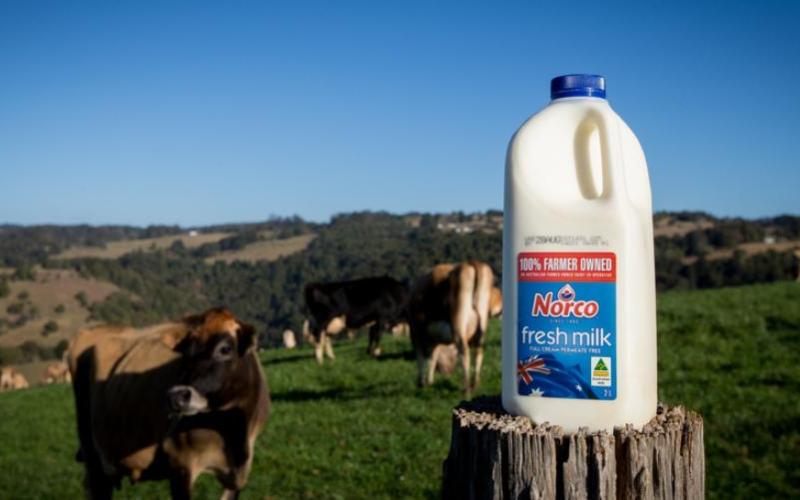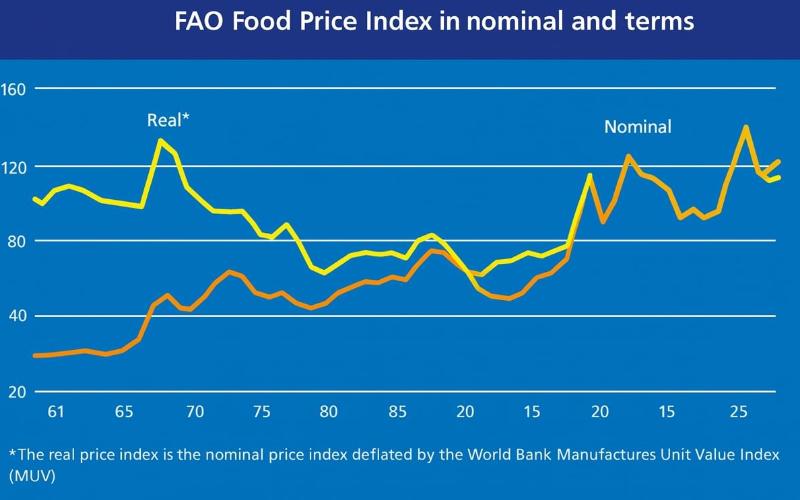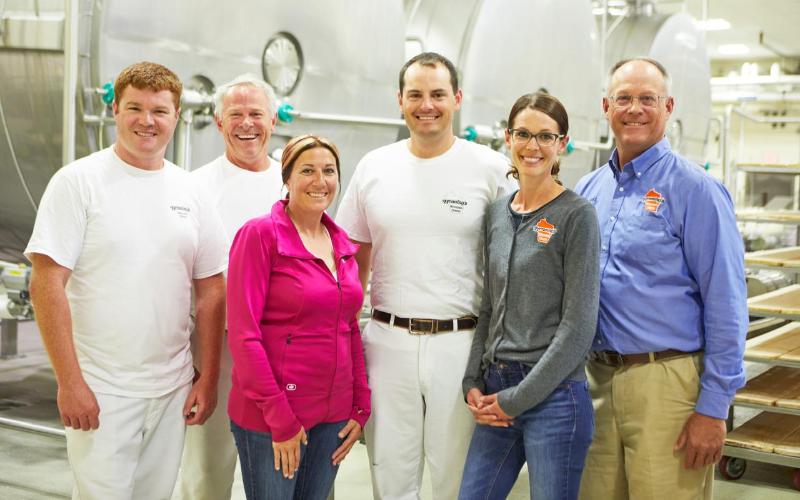In 2023, the coffee shop landscape in China experienced a remarkable 15.9%
Sourse: The DairyNews
In 2023, the coffee shop landscape in China experienced a remarkable 15.9% surge in numbers, with eight prominent coffee brands contributing to nearly 20% of this growth.

Leading the pack is Shanghai, boasting almost 8,500 cafes, while Guangzhou, Beijing, Chengdu, Shenzhen, and Hangzhou each have surpassed 4,000 stores. Notably, Dongguan, Shenyang, and Changsha exhibited growth rates exceeding an impressive 30%.
The trend in milk tea consumption has been on a steady incline since May, reaching its pinnacle in August, and maintaining a robust level in September and October. Coffee, on the other hand, enjoys heightened popularity in the months of March and September.
Tea drinks maintain a stable consumption structure, with new latte varieties contributing to nearly 40% of the coffee market.
Analysts have tracked the introduction of over 40 brands and more than 1,600 new products from January to September this year. Despite the diversification, the latte category continues to reign supreme. The year has witnessed a surge in creativity within the coffee sector, with milk being the primary base, complemented by the widespread use of raw coconut, thick milk, and oat milk. Notably, whole milk continues to demonstrate remarkable viability in the ever-evolving coffee business landscape.
The trend in milk tea consumption has been on a steady incline since May, reaching its pinnacle in August, and maintaining a robust level in September and October. Coffee, on the other hand, enjoys heightened popularity in the months of March and September.
Tea drinks maintain a stable consumption structure, with new latte varieties contributing to nearly 40% of the coffee market.
Analysts have tracked the introduction of over 40 brands and more than 1,600 new products from January to September this year. Despite the diversification, the latte category continues to reign supreme. The year has witnessed a surge in creativity within the coffee sector, with milk being the primary base, complemented by the widespread use of raw coconut, thick milk, and oat milk. Notably, whole milk continues to demonstrate remarkable viability in the ever-evolving coffee business landscape.
Key News of the Week














